Focused on perfecting brewing methods, optimizing steaming temperatures, and even the way barometric pressure and temperature shifts can impact the nature of a pulled espresso shot, a barista’s work is in the details.
Their performances are captivating to watch as they continuously swoop their milk pitchers up and down towards the coffee cups they are preparing, pulling back in a series of motions until their intended design appears on the drink’s frothy surface.
The 2019 German Barista and Latte Art Championship took place from January 13th to 15th in Nuremberg, where top talent from across the country competed to claim their spots for the upcoming World Coffee Championships.
SEE ALSO: This German barista could be the world's best latte artist
Each participant was given fifteen minutes to prepare one espresso drink, one milk beverage, and one signature drink for a panel of four judges – a total of twelve drinks. While preparing and serving their creations, the baristas carefully explained their choice of coffee and process to the onlooking judges.

Competitor Yuri Marschall, creating his designs in the final round on Tuesday. Photo: Sinan Muslu.
A winning coffee combination
This year’s winner was Polish-born Wojtek Białczak, who has been working at the popular Five Elephant Coffee Roastery in Berlin as the Head Roaster since 2016.
“It’s really difficult to make twelve drinks in fifteen minutes, while also talking about the coffee and the process,” he told The Local.
“For this competition, I practiced this combination a lot. I was inviting baristas from our shops every evening to come and watch me. This really helped me. Every evening I was getting better, faster, and more comfortable competing in front of people.”
During the competition, Białczak used a coffee that he had been introduced to last June while he was competing at the Fushan Cup International Barista Competition in Hainan, China – a competition organized by the People’s Government of Hainan Province to engage both Chinese and international baristas and to showcase Fushan as a coffee producing region.
There a fellow barista from Colombia, Mauricio Romero, had placed second using a naturally processed Eugenioides coffee. Returning to Germany, Białczak got a sample of the uniquely sweet Colombian bean from Las Nubes’ Inmaculada Coffee Farms. He remembers, “I just fell in love with it. I’d never tasted coffee like this before.”
Białczak first started in the coffee industry in Warsaw in 2013, where he took a side job as a barista at Ministerstwo Kawy while he was studying.
“At the time, I didn’t even drink coffee,” he laughs. “I just started working there because it seemed like a nice place to work. They had great staff, including great baristas who were also competing and that’s how I first got interested in coffee. After about six months, I started competing as well.”
Since then, Białczak has competed in five national barista competitions. He’s now looking forward to testing his skills at the World Barista Championships in April.
A movement brewing across Germany
The Latte Art Championship also drew in competitors from across Germany. During this competition, baristas are judged based on visual attributes, creativity, identical patterns in pairs, contrast in patterns, and overall performance. To create an intricate design consistently, both high-quality espresso and milk must be used.
In Germany, around 50% of young coffee drinkers are looking for variety in their coffee experiences. This desire has led to the growth of innovative drinking locations in Berlin and other larger Germany cities, from vintage-style coffeehouses to modern co-working spaces. Cold brew, nitro coffee, and even specialty coffee cocktails can also now be found in many cafés.
Newly minted German Latte Art Champion, Yuri Marschall of Hamburg, took inspiration from the Good, the Bad, and the Ugly soundtrack and created western-themed assortment of images, including both a cactus and a cowboy.
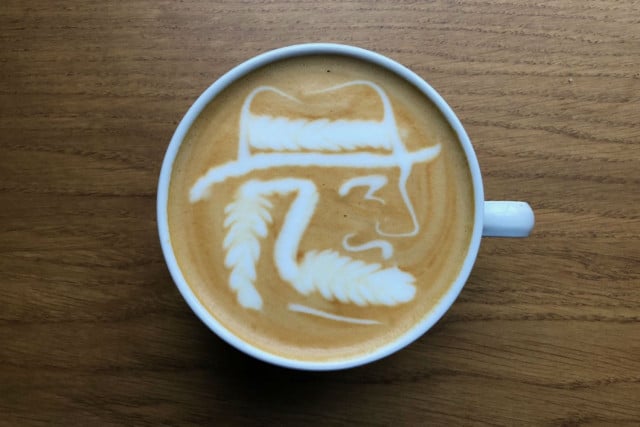
One of Marschall's Western-inspired coffee creations. Photo: Yuri Marschall
Marschall got his start in coffee in 2012 when he worked for a design hotel in Hamburg. Combining his newfound passion for specialty coffee with his love for drawing, he began watching Youtube videos and practicing on his own.
Three years later, he found himself working at Elbgold Roastery, where he improved his latte art skills further, entering his first competition in 2016. Today, you can find him serving up his designs at Drilling Distillery in Hamburg.
According to Marschall, the Latte Art competition is a great introduction into the world of coffee: “The competition is easy to understand for people who are not involved in the coffee scene because you have direct results.”
Looking forward to the World Latte Art Championship in Berlin this June, he says “It will be a lot of fun to see what the whole (coffee) world is creating and pouring into cups.”
Both Białczak and Marschall will be representing Germany’s coffee industry this spring at the 2019 World Coffee Championships. The event will be co-hosted by Boston and Berlin, with the World Barista Championship and the World Brewers Cup taking place in Boston between April 11 and 14th. In June, Berlin will host the World Latte Art Championship, World Cup Tasters Championship, World Coffee In Good Spirits Championship, and the Cezve / Ibrik Championship.

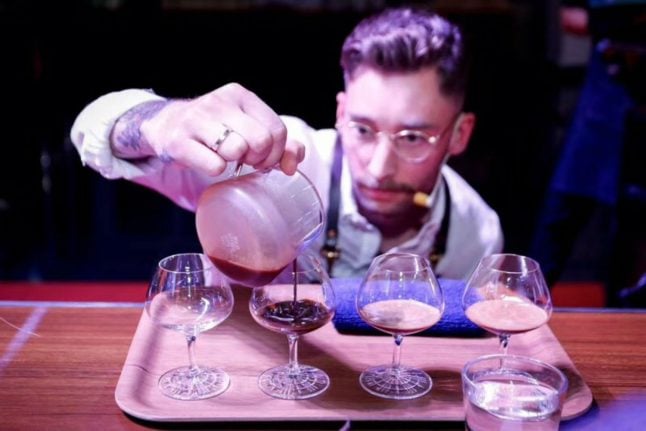
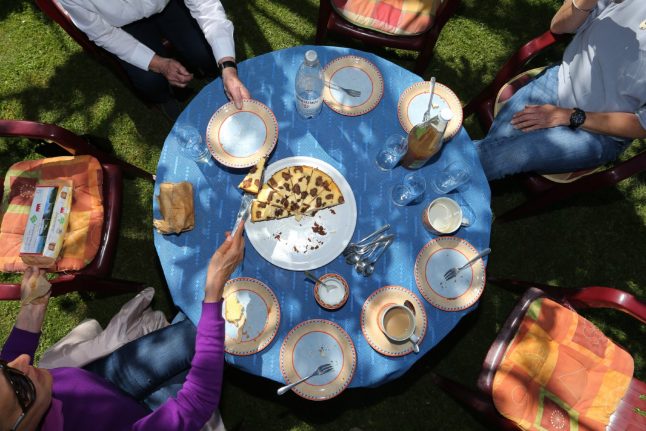
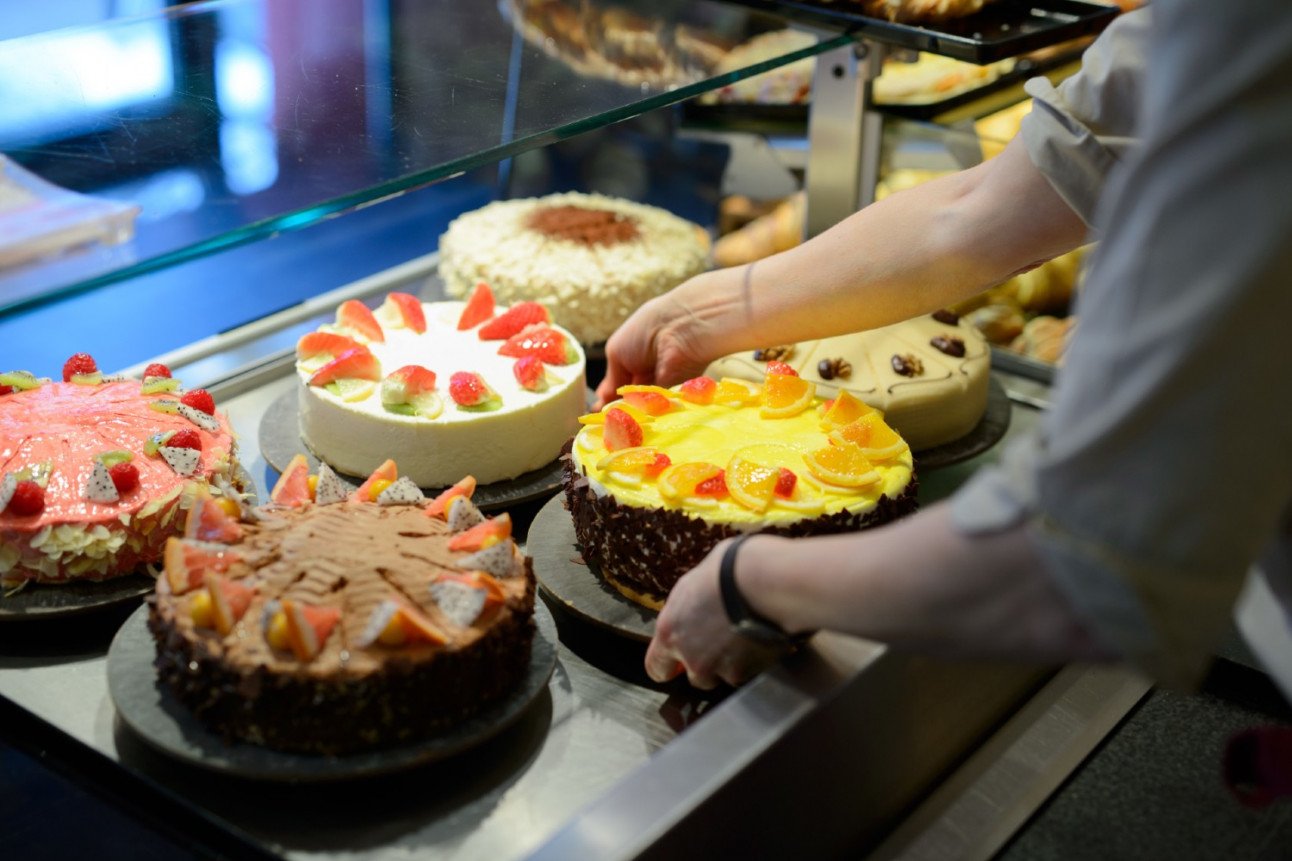
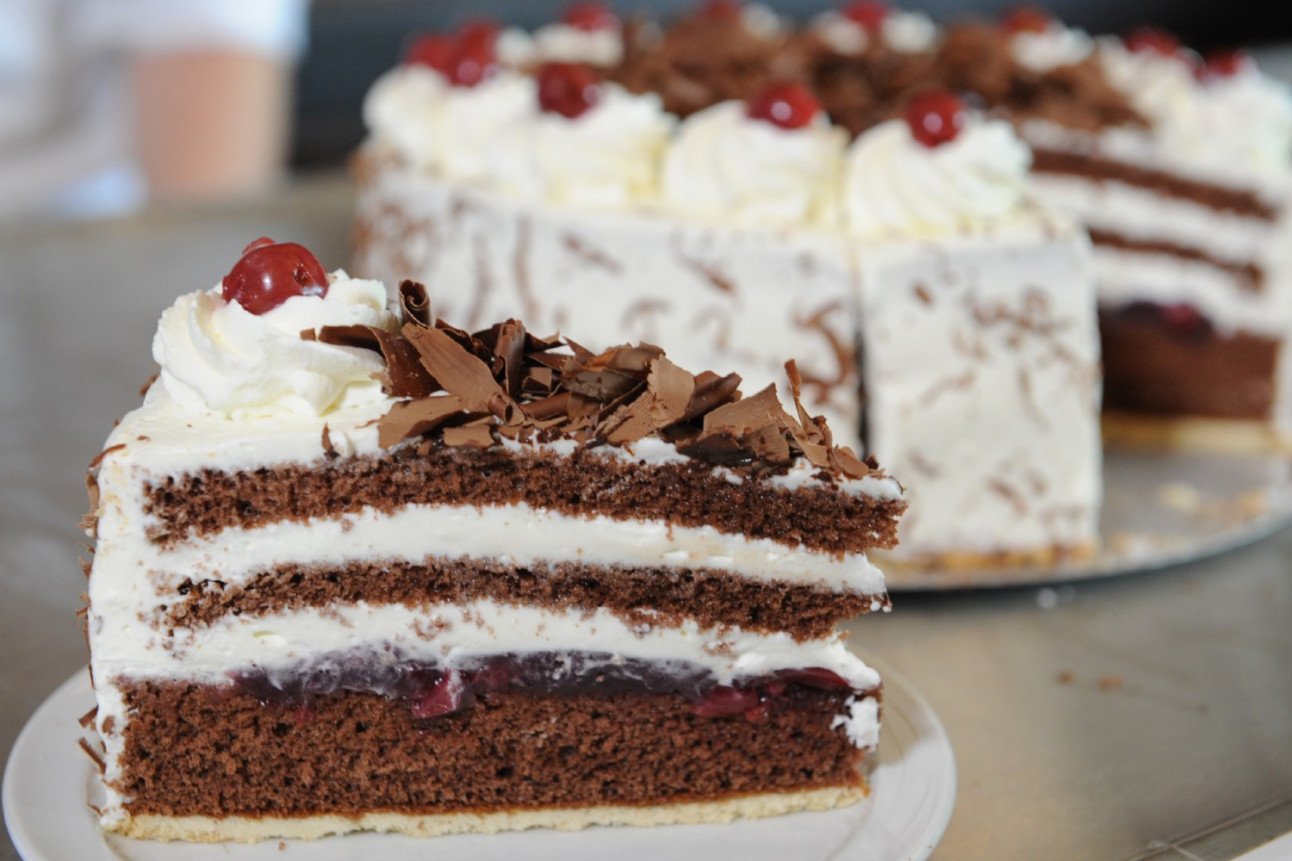
 Please whitelist us to continue reading.
Please whitelist us to continue reading.
Member comments